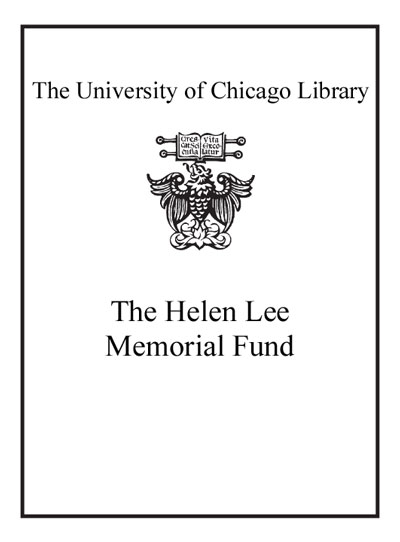Review by Choice Review
Crowther (National Univ. of Ireland, Galway) begins his dense study of Kant's aesthetic theory, unusually, not from the first pages of the principal Kantian text on aesthetics, Critique on Judgment, but from near the beginning of Kant's whole critical project in Critique of Pure Reason. The first two chapters closely examine the Transcendental Deduction (2nd edition) and the Schematism of the Critique. Crowther is concerned to emphasize and develop the role of the imagination in these two sections, anticipating the central role it assumes in the Critique of Judgment. The remaining five chapters are then devoted to Kant's discussions of aesthetic judgment, taste, beauty, fine art, and the sublime. Although this book is an intricate and scholarly negotiation of Kant's text, it is not intended primarily as a contribution to minute textual interpretation but to the bearing of Kant's theory on contemporary problems in the philosophy of art. The chapter on fine art draws interesting connections with avant-garde art, with particular attention to Duchamp and his successors. The author also makes suggestive links to color-field painting and postmodern art in the chapter on the sublime. Summing Up: Recommended. Graduate students and faculty/researchers. R. Bonzon Augustana College
Copyright American Library Association, used with permission.
Review by Choice Review

